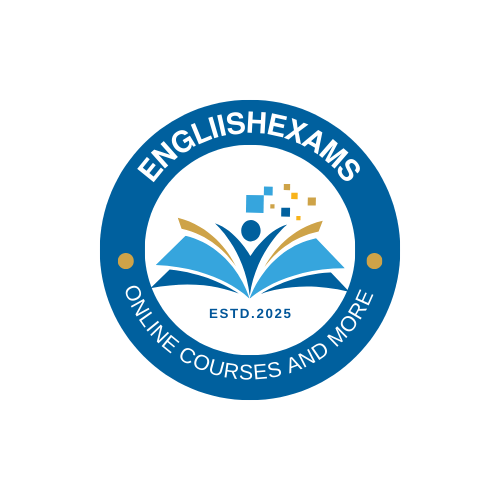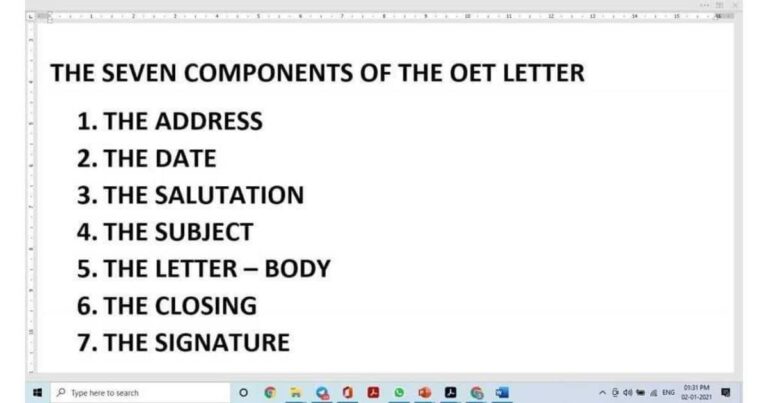
Conquer the OET Reading Module: proven Tips and Strategies.
Struggling with the OET Reading module? Discover expert OET Reading tips and strategies tailored for Filipino, Indian, and Asian nurses. Learn how to master time management, ace Part A, B, and C, and boost your score confidently.
If you’re a nurse from the Philippines, India, or elsewhere in Asia preparing for the OET, you’ve likely heard the whispers: “The OET Reading module is the most difficult.”
Many talented nurses feel the same anxiety. The complex texts, the tight 60-minute timeframe, and the challenging question types can feel overwhelming. But what if you could walk into your test with unshakable confidence?
The truth is, the OET Reading test isn’t about knowing more medical jargon than everyone else. It’s about strategy. This guide is packed with specific, actionable OET Reading tips and strategies designed for the unique learning styles and challenges faced by Asian nurses. Let’s transform this daunting module into your highest score.
Understanding the Challenge: Why Reading Feels Difficult
Before we dive into the strategies, it’s important to understand why it’s challenging. For many, the issues are:
-
Time Pressure: 60 minutes for 42 questions and three long texts is intense.
-
Dense Medical Vocabulary: Even for professionals, the terminology can be complex.
-
“Trick” Questions: The answers are often designed to be close, but not quite correct.
-
The Shift from Part A to B&C: You must switch from fast scanning to careful reading.
Now, let’s break down the solution, part by part.
Part A: The Skimming and Scanning Test (20 Minutes)

Your Goal: Locate specific information quickly. You do not need to understand the entire text.
Proven Strategies for OET Reading Part A:
-
Ignore the Texts, Start with the Questions: This is the golden rule. Do not read the four texts first. Go directly to the first set of questions. The questions are your map.
-
Master Keyword Spotting: Underline names, dates, specific conditions, and unique terms in the question. For example, if the question is about “post-operative care for cardiac patients,” your primary keywords are
post-operative careandcardiac. -
Scan, Don’t Read: Let your eyes fly over the texts looking only for your keywords or their synonyms (e.g., “after surgery” for “post-operative”). When you find a match, then you read that specific sentence carefully.
-
Manage Your Time Ruthlessly: You have roughly 15 seconds per question in Part A. If you’re stuck, mark it and move on. You can always return if you have time at the end.
Part B & C: The Comprehension Test (40 Minutes)

Your Goal: Understand the gist, purpose, and detail of the text.
Winning Strategies for OET Reading Part B (Workplace Texts):
-
Identify the Source and Audience: Before reading the text, look at the title and ask, “Who wrote this? (A manager? A department head?)” and “Who is it for? (All staff? New nurses?)”. This context is crucial for understanding the tone and purpose.
-
Read the Questions First (But Differently): Skim the questions and options to know what to look for. Is it asking for the main idea? A specific detail? The writer’s opinion?
-
Eliminate Wrong Answers: Often, two options are clearly incorrect. Eliminate them first to increase your odds from 25% to 50%.
Expert Strategies for OET Reading Part C (Journal Articles):
This is where many candidates struggle. The texts are longer and more complex.
-
Active Reading is Key: Read the first paragraph, the first sentence of each middle paragraph, and the final paragraph thoroughly. This will give you a strong sense of the article’s structure and main argument.
-
Tackle “Inference” Questions: These questions ask what the writer suggests or implies, not what they directly state. The correct answer will be a logical conclusion based on the evidence in the text. Avoid answers that bring in outside knowledge or are too extreme.
-
-
Gist/Main Idea: Ask yourself, “What is the single most important point the author is trying to make?”
-
Detail: Locate the specific section of the text the question refers to. The answer will be a paraphrase of the text, not the exact same words.
-
Your 5-Point Final Preparation Plan
-
Practice with a Timer: Always simulate exam conditions. This builds the speed and stamina you need.
-
Analyze Your Mistakes: After each practice test, don’t just check your score. Write down why you got each wrong answer. Was it a vocabulary issue? Did you misread the question? This self-analysis is the fastest way to improve.
-
Build Medical Vocabulary in Context: Instead of memorizing lists, read short nursing articles or guidelines online. This helps you learn how words are naturally used.
-
Trust the Text: Your personal experience as a nurse is valuable, but for the OET, the answer must be based solely on the information provided in the text.
-
Stay Calm and Confident: You have the medical knowledge. Now you have the strategies. Believe in your preparation.
Ready to Achieve Your OET Goal?
You are not just preparing for a test; you are building a future for yourself and your family. By applying these targeted OET Reading tips and strategies, you can move from fear to confidence. The OET Reading module is a challenge you are more than capable of overcoming.
Your Next Step: Put these strategies into action today.
Pick one OET Reading practice test and focus only on applying the Part A strategy. You will be amazed at the difference it makes.
For more in-depth guides on the OET Writing, Speaking, and explore our other blog posts designed specifically for international nurses.




